NIL
Vols win in every sport
The University of Tennessee has cultivated a well-earned identity as the “everything school” in athletics because it’s won at a high level in every sport in recent years. Most visibly, the Vols made the College Football Playoff, won a baseball national title and reached the Elite Eight in men’s basketball in the past year. And […]
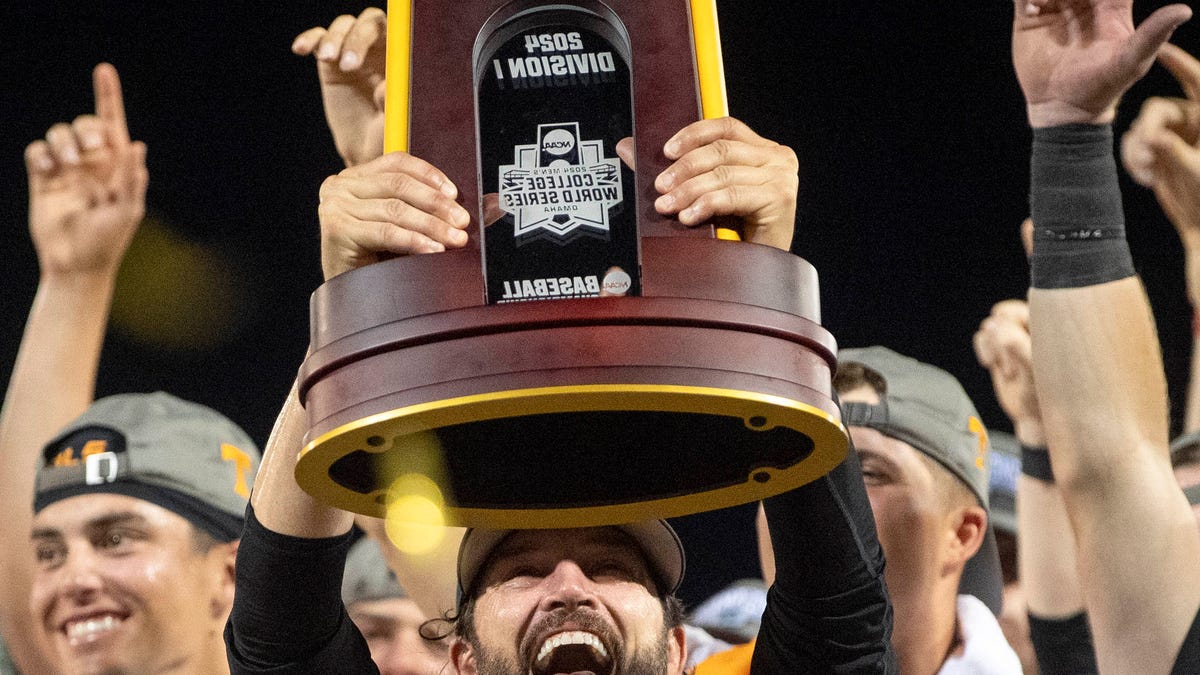
The University of Tennessee has cultivated a well-earned identity as the “everything school” in athletics because it’s won at a high level in every sport in recent years.
Most visibly, the Vols made the College Football Playoff, won a baseball national title and reached the Elite Eight in men’s basketball in the past year. And Lady Vols softball is a national title contender.
All 20 Tennessee programs reached the NCAA postseason or a bowl game in 2023-24, and many are still ranked in the top 10. UT has won the SEC All-Sports Trophy three straight times.
But as challenging as it was to earn that “everything school” reputation, it’s about to become more difficult to uphold it in the revenue sharing era.
It’s not a competitive issue on the field or court. It’s a potential player payroll problem.
Beginning July 1, schools will pay athletes directly by sharing revenue, pending approval of the House settlement in a conglomerate of federal antitrust lawsuits against the NCAA and power conferences.
Schools will pay athletes under a cap estimated at $20.5 million with percentages of revenue assigned to revenue-generating sports like football, basketball and baseball. That’s in addition to income players earn from name, image and likeness deals from third parties.
But in direct school-to-player pay, there will be different strategies. One school will overpay men’s basketball players on a Final Four contender and offset the cost by underpaying players in a losing baseball program. Another will take a few bucks off the football players’ payroll and redirect it to women’s basketball players.
If a program struggles, its players could be underpaid. If a program wins consistently, its players could be overpaid.
UT’s blessing and curse is that it’s good in virtually every sport. That means tough decisions lie ahead, and the demand grows for extra money in NIL.
How Tennessee could pay players aside from NIL
UT has not disclosed its approach to revenue sharing. But it appears UT, like most SEC schools, will distribute the money to athletes according to revenue their sports produce.
A model was prescribed in the preliminary House settlement based on the national averages of per-sport revenue:
- 75% to football players
- 15% to men’s basketball
- 5% to women’s basketball
- 5% to other sports (including baseball)
Those percentages likely will be calculated in an $18 million budget, instead of $20.5 million, because $2.5 million will count toward new scholarships with increased roster limits.
The SEC could mandate member schools to follow this plan exactly, and that uniformity would benefit schools like UT that win in everything.
If the SEC doesn’t mandate a plan, a few schools could tweak their percentages to gain an edge in recruiting and roster building in a specific sport to the detriment of another sport. Schools in other conferences will make the same adjustments for a competitive advantage in select sports.
That’s where UT runs into a dilemma. Among its major revenue-generating sports, it doesn’t have a weak program.
Tennessee wins too much to short-change any sport
Imagine UT athletics director Danny White trying to trim the player payroll of a specific sport.
He can’t do that in football. That’s where about three-fourths of UT’s sports-specific revenue is generated. And in the SEC, football determines success or failure.
Could White short-change men’s basketball? Not when Rick Barnes is knocking on the door of the Final Four.
What about Lady Vols basketball? White hired Kim Caldwell a year ago to rebuild the historically premier brand in the sport, and he’s not backing off now.
Baseball can’t go cheap. Tony Vitello guided the Vols to a national title, and the high-priced suites and seats in a renovated Lindsey Nelson Stadium won’t be filled if the program slumps.
Until NIL is under control, it still impacts winning
The solution to this payroll strain is traditional NIL, which is third-party money paid to athletes by businesses and booster collectives separate from the university.
Schools are allowed to pay a maximum of $20.5 million per year to athletes. But, in theory, there is no cap to third-party NIL pay.
In the revenue sharing system, a new NIL clearinghouse will vet deals to determine if they’re legitimate fair market agreements. But there’s skepticism of its effectiveness.
The richest schools will continue to top off revenue sharing money to players with NIL pay. Revenue sharing plus NIL will equal the total payroll for the highest paying schools.
That means NIL could still determine which programs gain an edge, even in the revenue sharing era.
Let’s say UT baseball has $1 million to spend on its roster because the Lady Vols must pay competitive revenues. But a rival school allocates $1.2 million to baseball because it has a weak women’s basketball program. The margin in baseball must be made up in NIL money.
Swap those UT programs, and the challenge is the same. The Vols want to remain at the top, but it gets crowded up there when player pay is a major factor.
UT payroll strategy must make every dollar count
UT was an industry leader when NIL began in 2021. It partnered with Spyre Sports, the collective that pays UT athletes for their NIL rights.
During that same period, revenues skyrocketed for UT athletics under White’s direction. But a share of that revenue going to athletes is only part of the equation, and NIL must be a difference-maker.
The good news is that UT’s leadership remains as it heads into the revenue sharing era. The bad news is that UT has more mouths to feed than most schools in terms of elite programs.
UT has enjoyed the most successful stretch in its history across all sports, in part, because White made sure those programs were well-resourced and followed focused plans.
But player payroll should have a more direct impact on winning than renovated stadiums, state-of-the-art training facilities and robust recruiting budgets. And because UT wants to maintain a championship level in so many sports, every dollar must be maximized.
That’s why it will require more money going to players and a savvy spending strategy to keep UT’s hot streak going.
Adam Sparks is the Tennessee football beat reporter. Email adam.sparks@knoxnews.com. X, formerly known as Twitter@AdamSparks. Support strong local journalism by subscribing at knoxnews.com/subscribe.
Get the latest news and insight on SEC football by subscribing to the SEC Unfiltered newsletter, delivered straight to your inbox.
NIL
Why The NIL Gold Rush Is Sending Trae Young And Steph Curry Back To School
Amid the NIL gold rush, college sports programs seeking an edge with top talent are reuniting with star alumni—and sending them out on the recruiting trail. Last month, as the NBA regular season was barreling toward its conclusion, Atlanta Hawks guard Terance Mann had more on his mind than his team’s push for a playoff […]
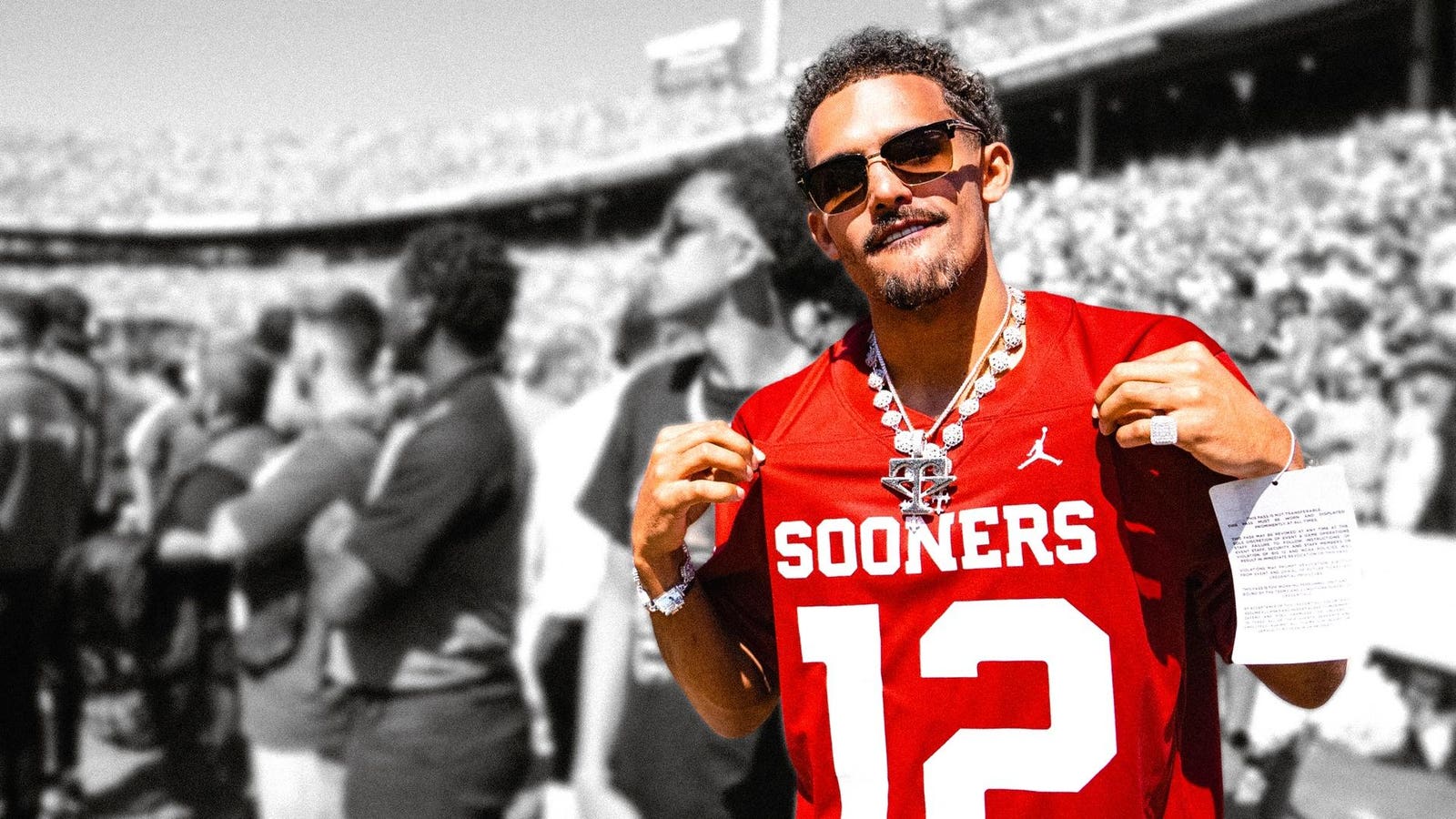
Amid the NIL gold rush, college sports programs seeking an edge with top talent are reuniting with star alumni—and sending them out on the recruiting trail.
Last month, as the NBA regular season was barreling toward its conclusion, Atlanta Hawks guard Terance Mann had more on his mind than his team’s push for a playoff spot. The basketball program at his alma mater, Florida State University, had won only 17 games and failed to qualify for the NCAA tournament, and Mann wanted to help. So he chipped in with recruiting, connecting the team with guard Martin Somerville—a transfer prospect from the University of Massachusetts whom he knew from off-season workouts—and eventually steering Somerville to Tallahassee.
“Martin Somerville is going to play a lot for us next year,” says Luke Loucks, who was hired as Florida State’s coach in March. “Without Terance, we had no shot at getting him, and we beat out some really big schools that were willing to pay way more in NIL to get him.”
In the four years since the NCAA begrudgingly began to allow its athletes to profit off their name, image and likeness, big-time college sports have quickly become a bidding war for top players. In addition to the branded social media posts and local television commercials that rulesmakers might have envisioned when they opened the doors to commercial deals for athletes on campus, boosters have pooled their resources and formed collectives to funnel money to recruits—nominally for marketing services but in practice often a thinly veiled form of pay-for-play.
Three antitrust lawsuits—House v. NCAA, Hubbard v. NCAA and Carter v. NCAA—are currently awaiting court approval for a settlement that would inject even more money into the system, enabling universities to directly pay athletes a share of their media, ticket and sponsorship revenue and effectively ending college sports’ commitment to amateurism. For example, according to the Houston Chronicle, the University of Texas plans to spend $35 million to $40 million on its football roster next season between its NIL payouts and the revenue-sharing payments, which are expected to be capped initially at $20.5 million. Already, however, programs’ price tags are eye-popping. Last July, Ohio State’s athletic director told the Columbus Dispatch that the school’s football players had received roughly $20 million in NIL deals over the previous year through a variety of third parties.
College Reunion: Stephen Curry played under Bob McKillop at Davidson from 2006 to 2009. Now, the Golden State Warriors star is helping his old team recruit new players.
chris seward/getty images, carlos avila gonzalez/getty images
Naturally, not every university has the wherewithal to keep up, and even the ones that do are fighting for a competitive edge. A handful of institutions believe they have found an answer that goes beyond dollars and cents—all-star alumni like Mann, a six-year NBA veteran who played for the Seminoles from 2015 to 2019.
In April, Mann officially rejoined Florida State as assistant general manager of the men’s basketball program. He will not be an FSU employee or be paid for his role, but he will be expected to play a part in player development as well as recruiting.
“It’s a great idea,” says Mann, 28. “As long as the landscape stays this way, colleges should find somebody that will help them recruit, raise money and be an ambassador all in one, and I think eventually we’re going to see most of them doing it.”
A month before Mann started his new side hustle, Golden State Warriors superstar Stephen Curry paved the way by becoming the assistant general manager for the men’s and women’s basketball teams at his alma mater, Davidson College—billed as the first time an active athlete from a major North American sports league had accepted an administrative role with an NCAA program. Three weeks later, Trae Young, Mann’s teammate on the NBA’s Hawks, went back to the University of Oklahoma in a similar role, and Las Vegas Raiders defensive end Maxx Crosby followed in April by taking a position with Eastern Michigan University’s football program. (And this doesn’t even include former Indianapolis Colts quarterback Andrew Luck, who became Stanford football’s general manager in November, five years after retiring from the NFL.)
It’s hardly the first time schools have leaned on famous alumni for a boost. Former players of Duke University’s basketball program routinely show up to games at Cameron Indoor Stadium, Loucks notes, and the Blue Devils’ “Brotherhood” has long been a selling point to prospective recruits. But the new trend is a more formal relationship, and it comes with one additional advantage: Official members of a program can contact recruits, whereas alumni and boosters are generally prohibited under NCAA bylaws from calling them directly and are limited to certain types of interaction on campus.
The reinforcements give colleges a new tool to build—and preserve—their rosters in an era complicated by not only NIL money but also laxer transfer rules, which allow athletes to seek better compensation from rival schools without having to sit out seasons if they switch programs. The offers can be enticing: According to NIL deal marketplace Opendorse, the top 100 earners in men’s college sports bring in more than $1 million on average, and the corresponding figure for women’s athletes is around $250,000. There is even big money to be found in smaller sports, such as softball, which saw ace pitcher NiJaree Canady jump from Stanford to Texas Tech last year with a guarantee of more than $1 million for a single year’s commitment.
Across NCAA Division I men’s basketball, more than 2,500 players entered the transfer portal in 2025, according to college basketball recruitment website VerbalCommits.com, nearly triple the 957 that did so in 2019, a year after the new transfer system was introduced.
“Because players can leave and go to other schools, how do you keep them happy?” says Mark Conrad, director of the sports business program at Fordham University. “You can’t sign them to long-term contracts, yet you want them to stay.”
One strategy might be to keep around a professional athlete like Young, a four-time NBA All-Star who was the league’s fifth overall draft pick in 2018. He could help Oklahoma identify talent, mentor young players and balance the egos that come with uneven compensation in a locker room, Conrad contends. Young could also assist with creating a culture of retaining athletes—even if that might be a bit ironic for a player who spent a single season in college, in 2017-18, before turning pro.
Lesson Plan: Terance Mann, who played at Florida State from 2015 to 2019, will be hands-on in his new role with the Seminoles, saying, “I don’t think it’s just an ambassador thing where we show up, smile, shake hands and post on our social medias about it.”
Don Juan Moore/Getty Images
Young says college sports’ emerging obstacles are exactly what drew him back to his alma mater. After Oklahoma lost its first-round NCAA tournament matchup against the University of Connecticut this year, he was moved when he heard Sooners coach Porter Moser say that winning in April and May—a key time for transfers and recruiting in college basketball—translates to winning in March Madness.
“It hit home,” Young says. “I definitely am always rooting for my school.”
Since leaving college life in Norman, Young has maintained close ties with the university and says he spent years talking with athletic director Joe Castiglione about how he could get involved. The idea to step in as an assistant general manager materialized shortly before the school made the announcement in March. (Mann says that when Young struck his deal, a “light bulb went off” for him, too, and he got a call from Loucks the same day.)
Young, whose Hawks ended up losing their two play-in games and missing the NBA playoffs, has already begun talking to athletic department donors as well as recruits and transfers, although he declined to name anyone. His most impactful move thus far, however, was a $1 million commitment he made to Oklahoma as part of his deal to join the program. Castiglione did not offer specifics on how the money would be deployed but says it will be used in “areas that help the basketball program,” which could include NIL funding. (Oklahoma also declined to reveal the amount of NIL money its athletes receive.)
Young hasn’t ruled out making additional donations in the future—and he could certainly afford to. In addition to his $43 million NBA playing salary this season, Forbes estimates he earned $3 million off the court over the past 12 months from endorsements, appearances, licensing income and other business endeavors. Mann, meanwhile, collected more than $12 million in total earnings (before taxes and agent fees) and made an undisclosed donation to Florida State. And Curry—who pulled in an estimated $156 million over the past 12 months, ranking second among the world’s highest-paid athletes—is contributing to a new eight-figure fund for Davidson athletes.
It remains to be seen exactly how much time these celebrities will dedicate to their schools since none are planning to give up their day jobs anytime soon. Young, who just finished building a house in Norman, says there will be weeks or months when he’s more involved and others when he’s less engaged, depending on the ebbs and flows of the NBA season. The same goes for Mann, who plans to make a few trips to Tallahassee this summer and has already joined the Florida State coaches’ group chat.
“I don’t think it’s just an ambassador thing where we show up, smile, shake hands and post on our social medias about it,” Mann says. “I think me and [Young] are very much involved in our colleges, and we are hands-on. We both don’t want to see anything on our name not be good. We’re both competitors.”
Young is also thinking in competitive terms.
“I need myself a ring,” he says. “I only had one chance at it, and I didn’t do really well in my tournament experience—we lost in the first round.
“You need four, five, six, seven guys that can win you a championship, so I’m going to go get them and bring me and this university our first championship.”
More From Forbes
NIL
Texas Tech transfer Darrion Williams commits to NC State
Texas Tech transfer Darrion Williams, one of the top players in the portal, has committed to NC State, he told On3. The 6-6 junior ultimately picks Will Wade and the Wolfpack over Kansas but was also being pursued by Ohio State and Washington. Williams, who recently withdrew his name from the NBA Draft, averaged 15.1 […]
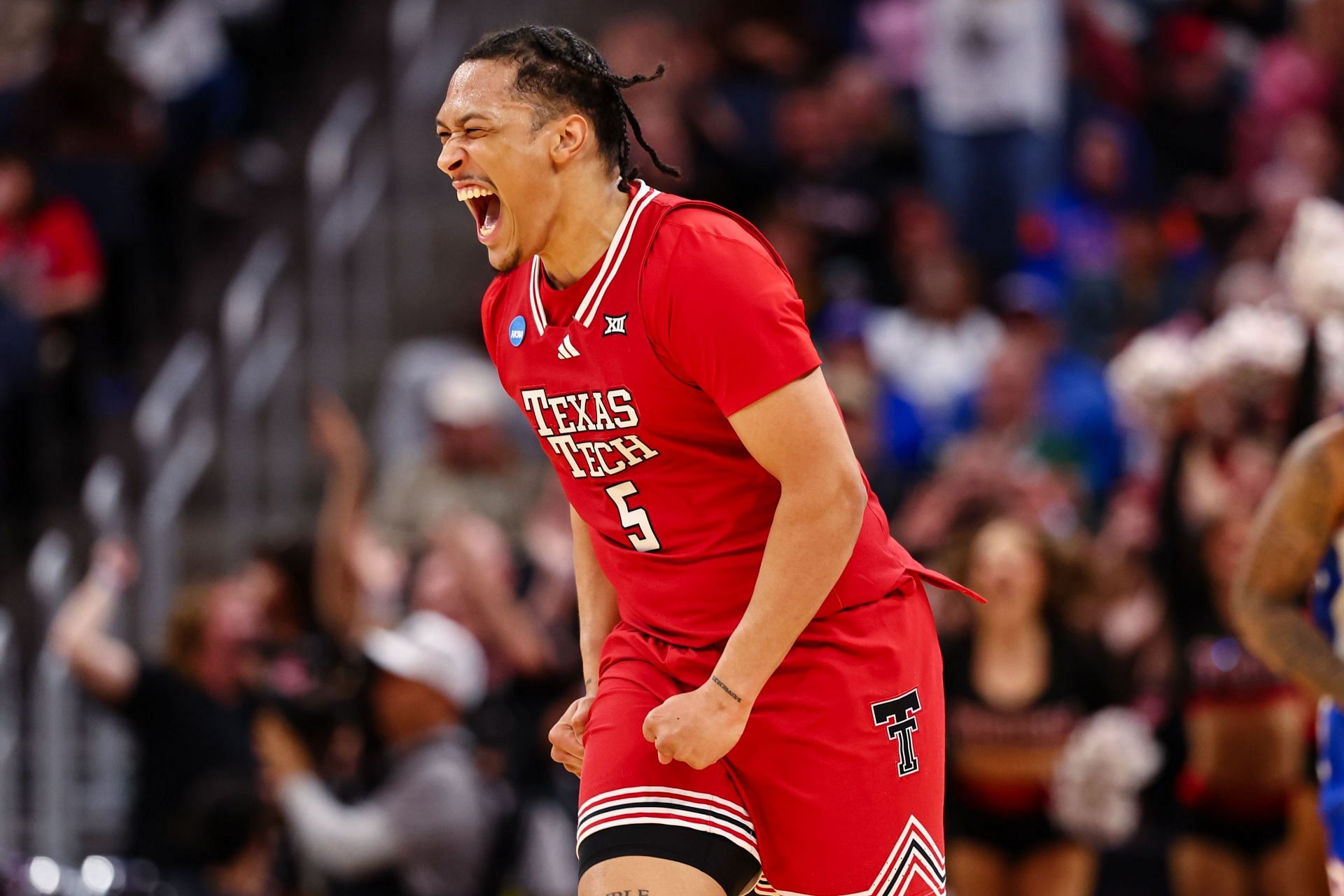

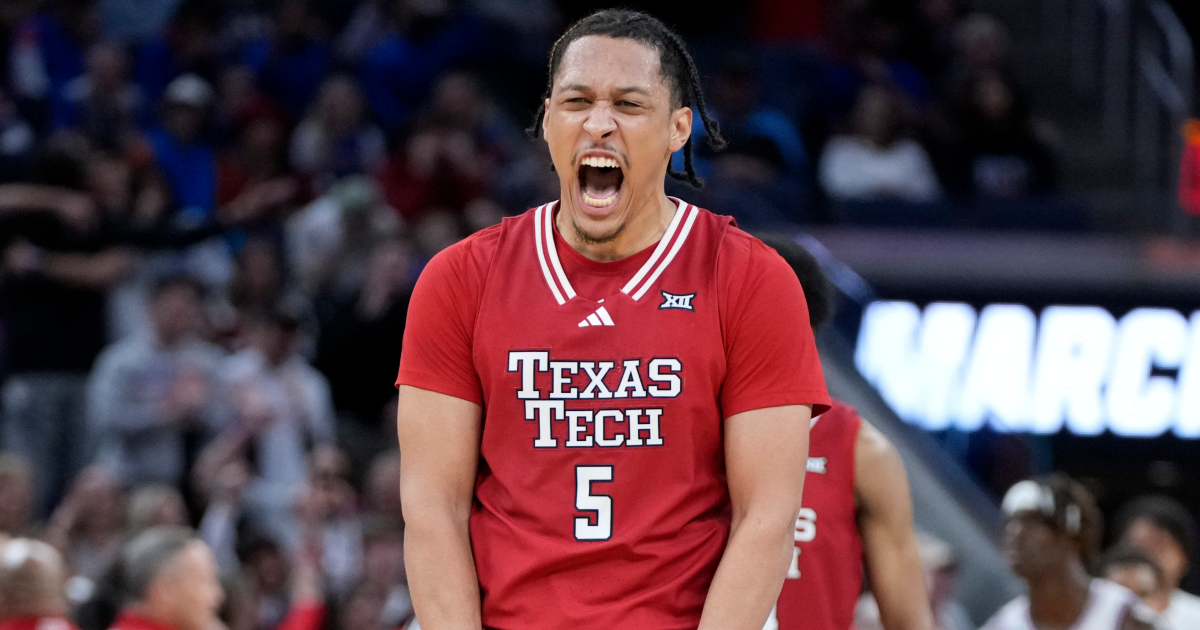
Texas Tech transfer Darrion Williams, one of the top players in the portal, has committed to NC State, he told On3.
The 6-6 junior ultimately picks Will Wade and the Wolfpack over Kansas but was also being pursued by Ohio State and Washington. Williams, who recently withdrew his name from the NBA Draft, averaged 15.1 points, 5.5 rebounds, and 3.6 assists per game this season. He is also a two-time All-Big 12 selection who helped lead the Red Raiders to the Elite Eight in the NCAA Tournament.
Williams is the seventh transfer portal pickup for the Wolfpack. He joins PF Jerry Deng from Florida State, SF Terrance Arceneaux from Houston, PF Colt Langdon from Butler, PG Tre Holloman from Michigan State, SG’s Quadir Copeland and Alyn Breed from McNeese.
To keep up with the latest players on the move, check out On3’s Transfer Portal wire. The On3 Transfer Portal Instagram account and Twitter account are excellent resources to stay up to date with the latest moves.
NIL
Bitpanda Onboards Another Brand Ambassador
Bitpanda has increased its involvement in sports by signing French tennis player Gaël Monfils as its global brand ambassador, noting that he “brings a wealth of experience and passion for cryptocurrency and digital asset trading.” An Early Investor in Crypto According to the crypto exchange, Monfils has been “an active participant” in the crypto space […]



Bitpanda has increased its involvement in sports by signing French tennis player Gaël Monfils as its global brand ambassador, noting that he “brings a wealth of experience and passion for cryptocurrency and digital asset trading.”
An Early Investor in Crypto
According to the crypto exchange, Monfils has been “an active participant” in the crypto space since 2017, after being introduced to digital assets by a family member. He has built and manages his own crypto investment portfolio.
“Gaël brings something that can’t be manufactured: authenticity,” said Eric Demuth, CEO and Co-Founder of Bitpanda.
Under the terms of the multi-year deal, Monfils will wear the Bitpanda logo on his competition sleeve at all ATP Tour and Grand Slam events. Furthermore, Bitpanda users will be able to meet the tennis star, gain behind-the-scenes access, and receive signed memorabilia.
You may also like: How Much Fancy Sport Sponsorships Actually Cost?
In the ATP singles ranking, Monfils is currently placed 42nd. He also has a large following on social media: 1.2 million on Instagram, 766.8K on X (formerly Twitter), 452K on Facebook, and 80.9K subscribers on YouTube.
He will first display the Bitpanda logo at the upcoming French Open Grand Slam event, also known as Roland Garros. Last year, the tournament attracted a cumulative television audience of approximately 318 million viewers, making it the most-watched tennis event globally in 2024.
The 2025 edition will be “broadcast across 220 territories on more than 170 TV channels”, led by the following national broadcasters. pic.twitter.com/z3FZMfGWpP
May 16, 2025
Bitpanda’s Sports Presence
This new brand ambassador deal comes only weeks after the crypto exchange became the main sponsor of Swiss football club FC Basel 1893.
Monfils is not the only tennis player associated with the exchange, as Bitpanda also has partnerships with athletes such as Alexander Zverev, Stan Wawrinka, and Dominic Thiem. The crypto exchange also collaborates with the ATP Tour. Additionally, the European crypto brand sponsors Paris Saint-Germain, FC Bayern Munich, and AC Milan.
Outside of crypto, retail trading brands are also investing heavily in sports sponsorships. Among the firms offering forex and contracts for differences (CFDs), Swissquote leads with an estimated spend of $15 million last year, followed by eToro and Plus500, which spent $10.5 million and $10.2 million, respectively.
NIL
Transfer Update
NC State has signed Darrion Williams. He is one of the top players in the transfer portal, and considered turning pro, but withdrew his name from the draft process. Coach Wade has now signed a 5-star high school recruit and a 5-star transfer in his first two months as NC State’s head coach. With the […]
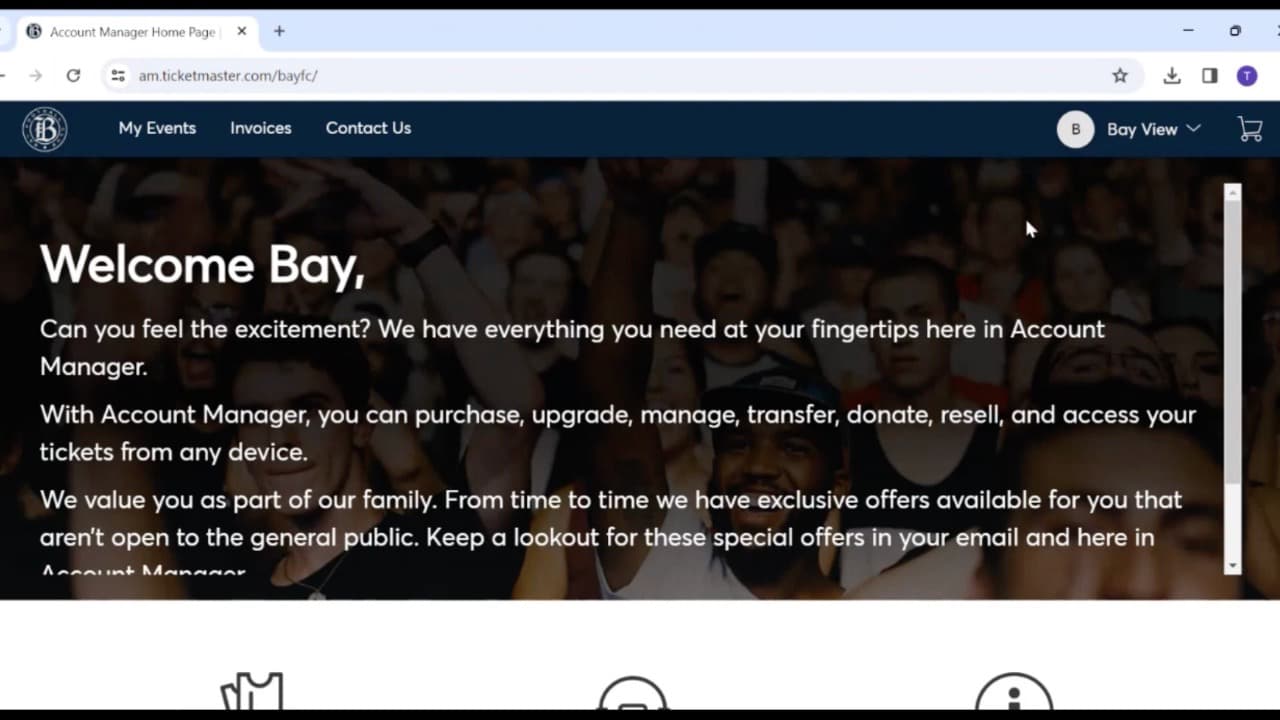
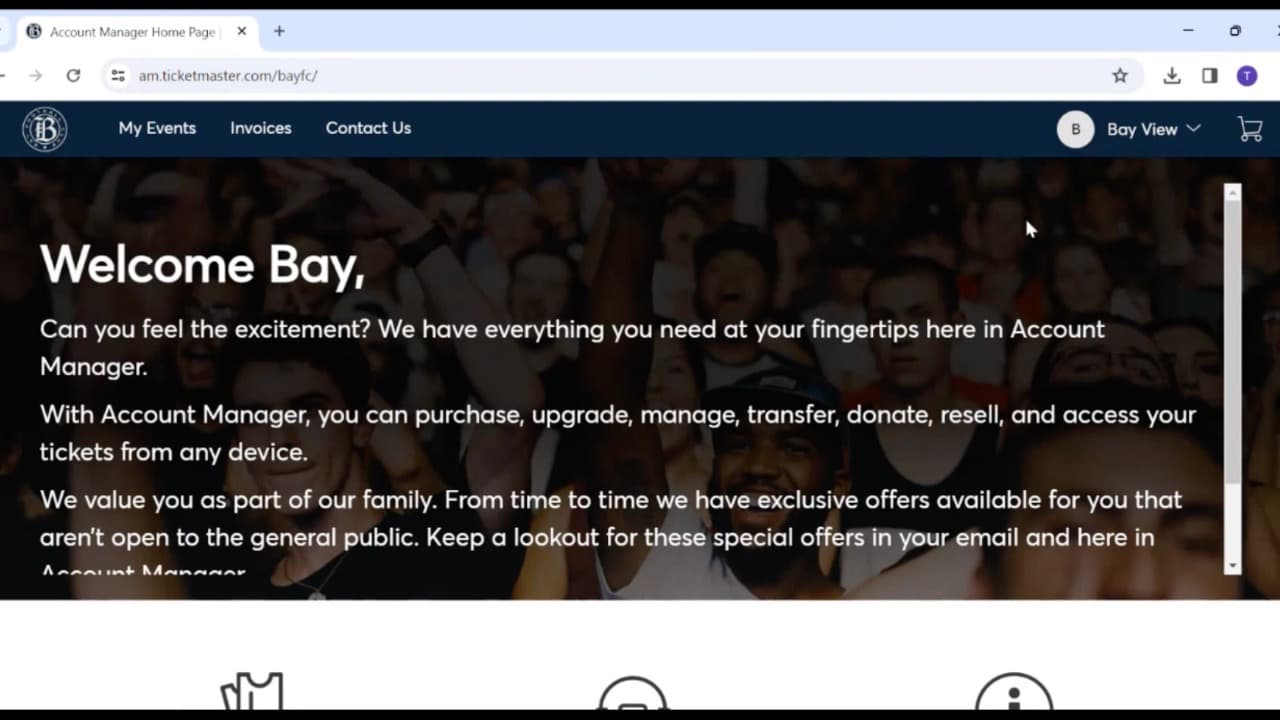

NC State has signed Darrion Williams. He is one of the top players in the transfer portal, and considered turning pro, but withdrew his name from the draft process. Coach Wade has now signed a 5-star high school recruit and a 5-star transfer in his first two months as NC State’s head coach. With the addition of Williams, NC State’s transfer class ranks #12, overall, their recruiting class ranks No. 14 nationally.
Stats:
- Ht / Wt: 6’6” / 225 lbs
- Position: Foward
- Eligibility: 1 season
- PPG / RPG / APG: 15.1 / 5.5 / 3.6
- Shooting: 43.9% / 34% (48-141) / 83.6%
’24-’25 Season Highs: Scored 20+ 9 times including a season high 28, had 5+ rebounds 23 times including a season high of 10 and three games with 9, had 5+ assists 9 times including a season high of 11, had 3+ steals 7 times including a season high of 4.
Background:
Darrion Williams is from Sacramento, his junior season he transferred to play high school ball at Bishop Gorman in Las Vegas and earned the Nevada Gatorade Player of the Year following his senior year.
He then signed with Nevada as a 4-star recruit. He was named the Mountain West Freshman of the Year after averaging 7.7 points, 7.3 rebounds, 2.7 assists, and 1.4 steals per game as a freshman.
He transferred to Texas Tech for his sophomore season. He started every game and led the Red Raiders with nine double-doubles and 7.5 rebounds per game, he averaged 11.4 points, 2.5 assists, and 1.2 steals per game. He was All-Big 12 Third Team.
Williams started every game as a junior and finished the season averaging 15.1 points, 5.5 rebounds, 3.6 assists and 1.3 steals per game. He earned All-Big 12 First Team honors.
247 ranks him as a 5-star transfer, the #6 player in the portal.
Adam Finkelstein scouting analysis: Williams has evolved from an undersized four-man in high school to a versatile and efficient big wing of sorts who can hunt mismatches from different spots on the floor. At 6-foot-6 with a still thicker natural build, he compensates for what he may lack in quickness or explosiveness with strength, intellect, and skill. He can post-up, put the ball on the floor in both directions, pick-and-pop, and play out of all types of offensive actions. His ability to read the game is very advanced. He averaged 3.6 assists per game, good enough for a 23% assist rate. He was not only the player that Grant McCasland often relied on most in late game situations but also allowed Texas Tech to invert a lot of their offensive actions and let him operate like a big initiator out of ball-screens and dribble hand-offs. While Williams’ game has made notable strides in each of his three seasons, beginning with his freshman year at Nevada, the one area which saw regression recently was with his three-point shooting. Williams shot just 34% from behind the arc last season, after knocking down 46% as a sophomore at Texas Tech. He’s still a plenty willing floor-spacer, and capable of making big shots in key moments, but somewhat unorthodox with his release and rotation. Defensively, his rebounding numbers also dipped, but that could be by virtue of spending more time alongside two true bigs. He’s improved his mobility enough to be reliable guarding opposing wings, so long as he isn’t overextended and has support in gaps around him. Overall, while his physical tools may not be flashy, he’s viewed as a reliable and heady team defender.
Welcome to the Pack!
Roster – Overview
| Status | # | Pos | Player | Elig | Ht | Wt | PPG | FG% | 3PT% |
|---|---|---|---|---|---|---|---|---|---|
| Status | # | Pos | Player | Elig | Ht | Wt | PPG | FG% | 3PT% |
| Retrn | 1 | G | Paul McNeil | 3 | 6′ 5′ | 180 | 4.2 | 44% | 35.60% |
| _ | # | Pos | Player | Elig | Ht | Wt | ESPN | Rivals | 247 |
| Fresh | 2 | G | Matthew Able | 4 | 6’5″ | 190 | 4-star #31 | 4-star #25 | 5-star #26 |
| Fresh | 3 | F | Zymicah Wilkins | 4 | 6′ 8′ | 215 | 4 star #85 | 4 star #79 | 4 star #120 |
| _ | # | Pos | Player | Elig | Ht | Wt | Previous | 247 Xfer | 247 Xfer Rnk |
| Xfer | 4 | F | Darrion Williams | 1 | 6’6″ | 225 | Texas Tech | 5-star | 6 |
| Xfer | 5 | G | Tre Holloman | 1 | 6’2″ | 185 | Michigan St | 4-star | 110 |
| Xfer | 6 | G | Terrance Arceneaux | 2 | 6’6″ | 205 | Houston | 4-star | 134 |
| Xfer | 7 | G | Alyn Breed | 1 * | 6’3″ | 190 | McNeese | 4-star | 216 |
| Xfer | 8 | G | Quadir Copeland | 1 | 6’6″ | 200 | McNeese | 4-star | 256 |
| Xfer | 9 | F | Jerry Deng | 2 | 6’9″ | 220 | FSU | 4-star | 274 |
| Xfer | 10 | F | Colt Langdon | 4 | 6’7″ | 205 | Butler | 3-star | 391 |
| Int | 11 | C | Paul Mbiya | 4 | 6’11” | 231 | DRC |
NIL
Tennessee BIG TEN BOUND if EXPELLED From SEC Due to NEW State Law Regarding NIL?
Tennessee’s potential Big Ten move, top freshmen, and FanDuel predictions shape our college sports discussion. Tune in for insights and season forecasts! Author: kgw.com Published: 7:35 PM PDT May 22, 2025 Updated: 7:35 PM PDT May 22, 2025 0
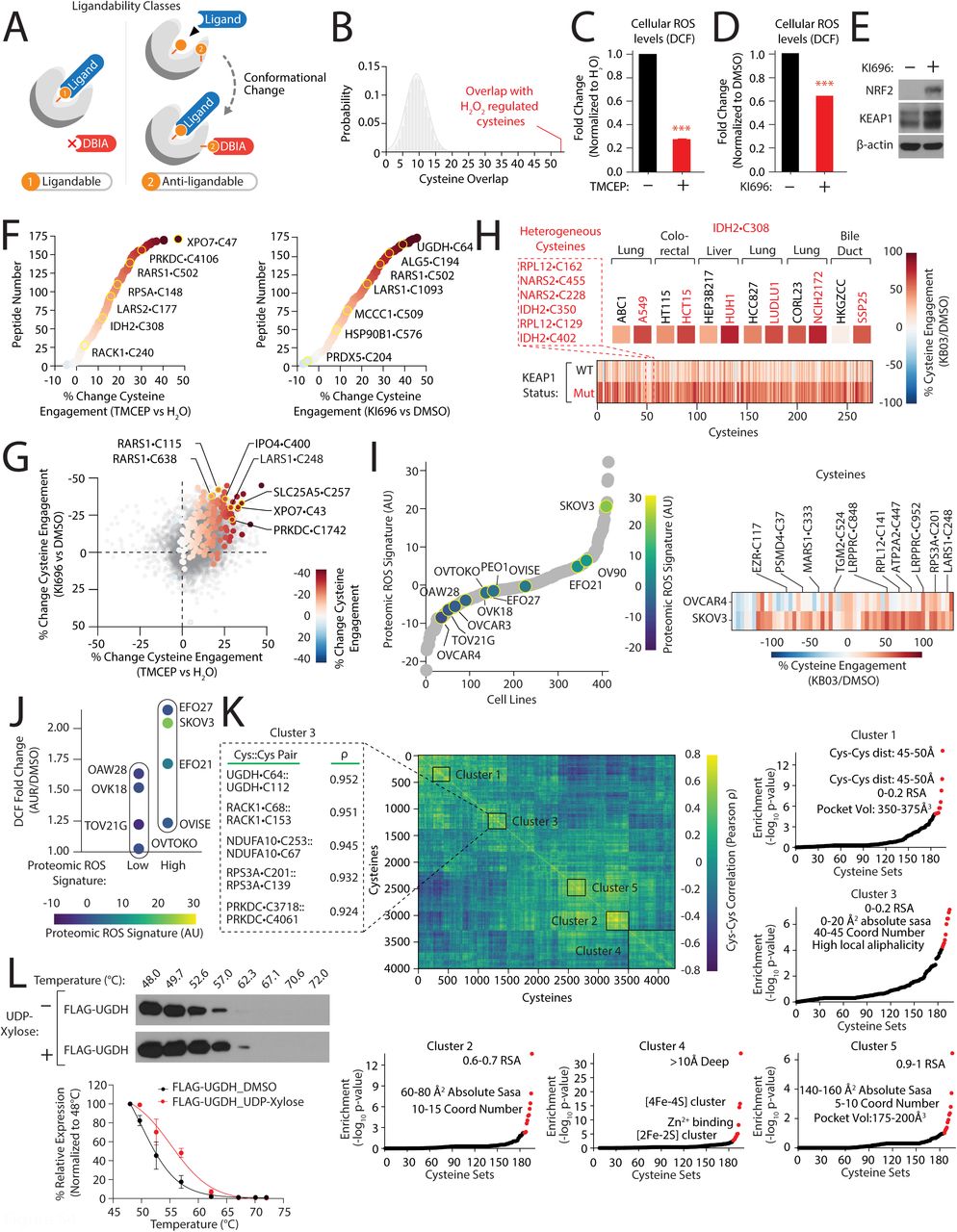

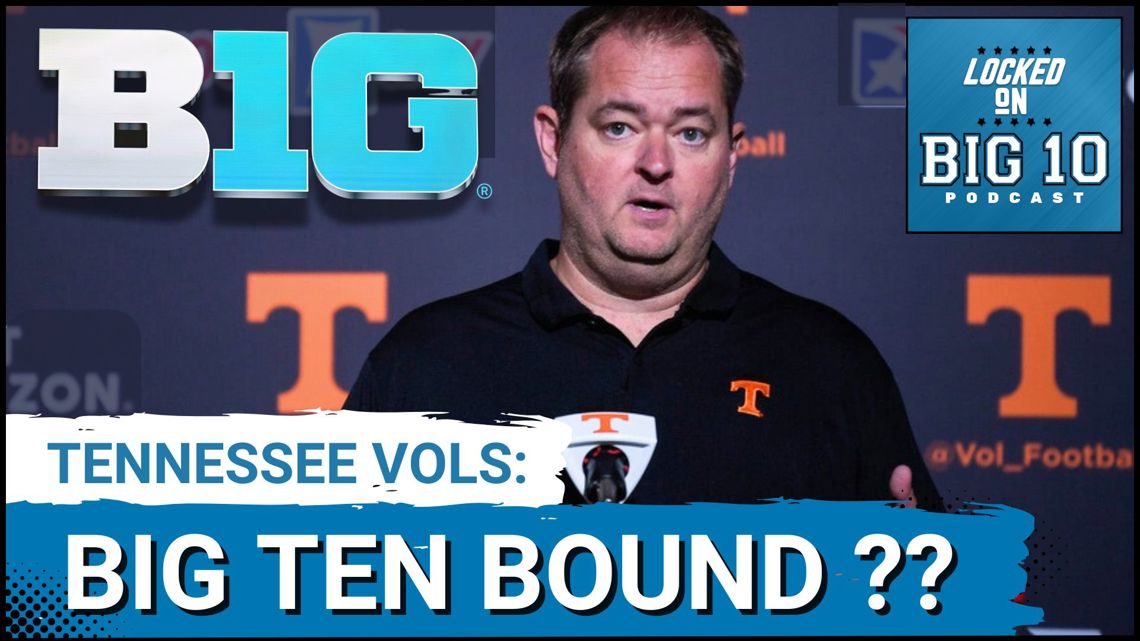
Tennessee’s potential Big Ten move, top freshmen, and FanDuel predictions shape our college sports discussion. Tune in for insights and season forecasts!
NIL
Expert Claims College Football Power Conferences Secretly Plotted New NCAA With 1 Wild Twist
The landscape of college football is shifting, and whispers of a massive overhaul are growing louder every day. According to a recent episode of the “Locked On College Football” podcast hosted by Spencer McLaughlin, the Power Four conferences—the SEC, Big Ten, ACC, and Big 12—are quietly crafting a radical proposal to reshape the NCAA’s governance […]
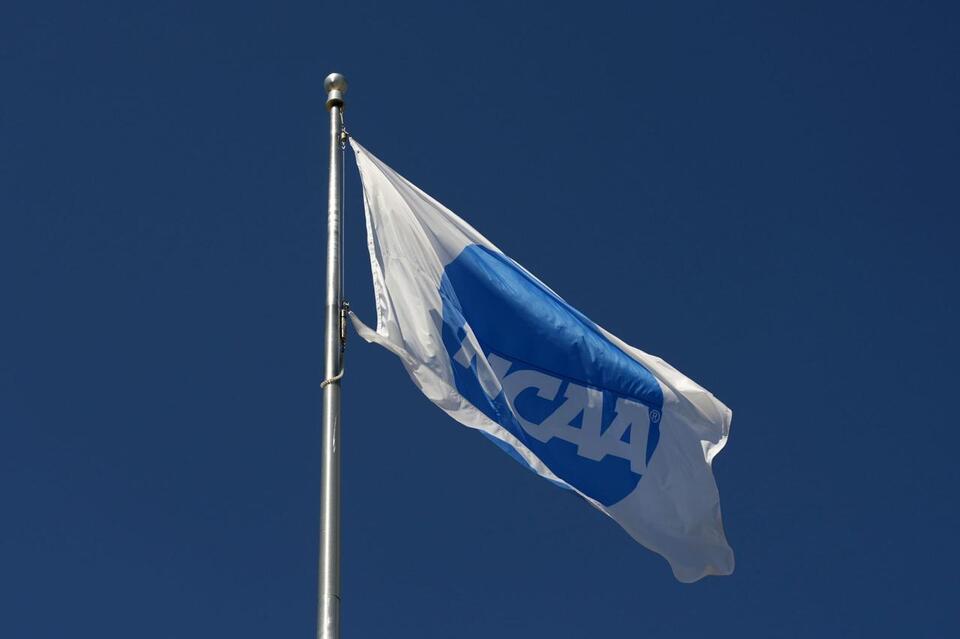

The landscape of college football is shifting, and whispers of a massive overhaul are growing louder every day. According to a recent episode of the “Locked On College Football” podcast hosted by Spencer McLaughlin, the Power Four conferences—the SEC, Big Ten, ACC, and Big 12—are quietly crafting a radical proposal to reshape the NCAA’s governance structure.

Power Conferences Pushing Schools For A “No-Sue” Pact In The New NCAA
This new entity, dubbed the College Sports Commission, would take control from the NCAA and regulate Name, Image, and Likeness (NIL) compensation, transfer portal activity, and rule violations. However, according to McLaughlin, there’s a twist to this new arrangement, which is not very sunshine and roses.
Schools that join this system would surrender their right to sue, a move that could lock them into a tightly controlled framework or cause them to face expulsion from their conference.
The NCAA’s authority has eroded in recent years, battered by court losses and an inability to enforce NIL and transfer rules effectively. As McLaughlin noted, citing Yahoo Sports’ Ross Dellenger, the NCAA “just shows up and hands out punishments that nobody cares about.”
Legal challenges, like Tennessee’s successful lawsuit against the NCAA over NIL violations, have exposed the organization’s vulnerable side. This was all the reason Power Four conferences needed to step into and fill this void, by any means necessary.
They are proposing a new entity led by a CEO, similar to a professional sports commissioner, to oversee athlete compensation and compliance. This commission would enforce a $20.5 million per-school revenue-sharing cap, starting in 2025–26, and police third-party NIL deals through a clearinghouse operated by Deloitte to ensure “fair market value.”
The catch, as McLaughlin pointed, is very “totalitarian” in nature, according to many. In this new arrangement, schools opting into this system would have to give up their ability to sue the commission over its rules.
This clause aims to shield the new entity from the legal battles that have plagued the NCAA. “It’s a crazy punishment,” McLaughlin said. “If you don’t want to be told what to do… you’re out of the conference.”
Central to this proposal is a plan to have a Big Four accounting firm, likely Deloitte, assess NIL deals for fair market value. Any deal worth $600 or more tied to a school-affiliated entity would face scrutiny to prevent “pay-for-play” arrangements.
McLaughlin warned that this could slash player earnings, as Dellenger’s reporting suggests 80% of current NIL deals might be deemed overvalued.
The House Settlement
The proposed commission dovetails with the House v. NCAA settlement, which awaits final approval on July 7, 2025. The settlement, preliminarily approved in October 2024, will distribute $2.78 billion in backpay to athletes from 2016 onward and allow schools to share up to $20.5 million annually with players.
However, it imposes roster limits (e.g., 105 for football) and requires NIL deal disclosures, raising Title IX and fairness concerns. McLaughlin points at the settlement’s uncertainty, noting that state laws, like Tennessee’s, could undermine enforcement by permitting direct payments if the settlement fails.
KEEP READING: 2025 Way-Too-Early College Football Top 25 Power Rankings
In the end, whether this new NCAA takes hold or collapses under legal scrutiny, one thing is certain: college football’s future hangs in the balance, and the next few months will be a mad scramble for power, money, and control.
College Sports Network has you covered with the latest news, analysis, insights, and trending stories in college football, men’s college basketball, women’s college basketball, and college baseball!
-

 Fashion3 weeks ago
Fashion3 weeks agoHow to watch Avalanche vs. Stars Game 7 FREE stream today
-

 High School Sports2 weeks ago
High School Sports2 weeks agoWeb exclusive
-

 Sports2 weeks ago
Sports2 weeks agoPrinceton University
-

 Sports2 weeks ago
Sports2 weeks ago2025 NCAA softball bracket: Women’s College World Series scores, schedule
-

 Motorsports2 weeks ago
Motorsports2 weeks agoBowman Gray is the site of NASCAR’S “Advance Auto Parts Night at the Races” this Saturday
-

 NIL2 weeks ago
NIL2 weeks ago2025 Big Ten Softball Tournament Bracket: Updated matchups, scores, schedule
-

 NIL2 weeks ago
NIL2 weeks agoPatty Gasso confirms Sophia Bordi will not finish season with Oklahoma softball
-

 Motorsports2 weeks ago
Motorsports2 weeks agoMOTORSPORTS: Three local track set to open this week | Sports
-

 Motorsports2 weeks ago
Motorsports2 weeks ago$1.5 Billion Legal Powerhouse Announces Multi-Year NASCAR Deal With Kyle Busch
-
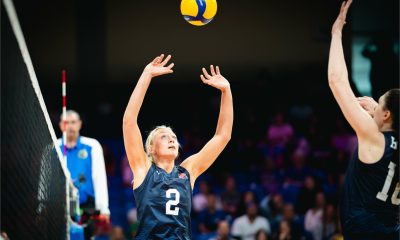
 Sports2 weeks ago
Sports2 weeks agoUSA Volleyball Announces 2025 Women’s VNL Roster




























